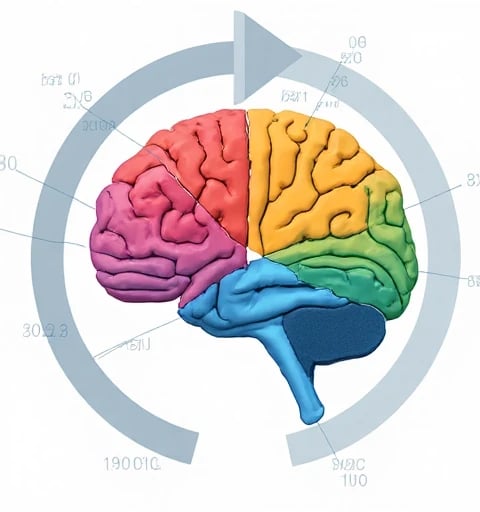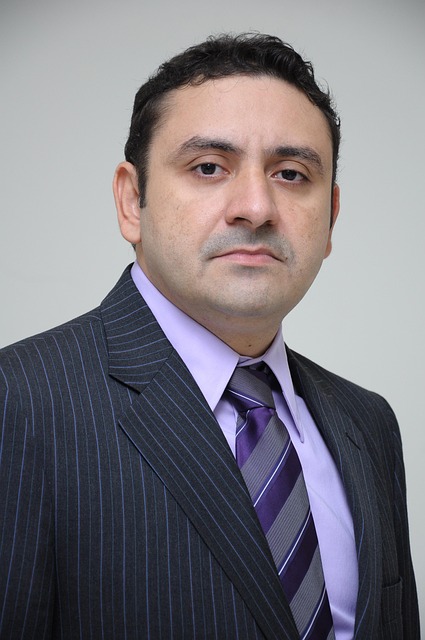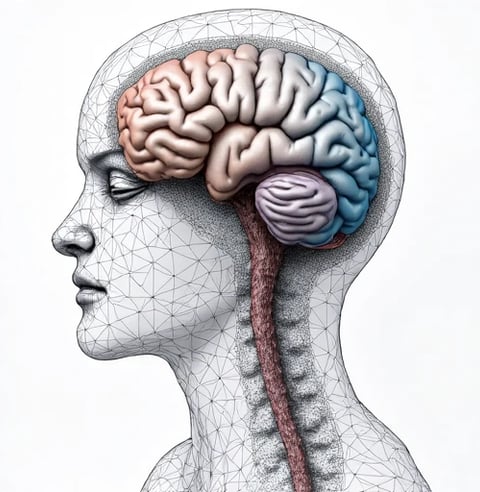MODENA BFORBUSH
Greetings. I am Modena B. Forbush, a computational psychiatrist and machine learning researcher dedicated to transforming mental health diagnostics through multimodal data fusion. With a dual Ph.D. in Clinical Psychology (Harvard University, 2023) and Biomedical AI (Stanford University, 2024), my work bridges neuroimaging, digital phenotyping, and semantic analysis to predict psychiatric disorders (e.g., MDD, bipolar disorder) 6–12 months before clinical onset. As a Lead Scientist at NIMH’s AI in Mental Health Initiative, I design frameworks that integrate fragmented data streams—from fMRI to smartphone keystroke dynamics—into clinically actionable risk scores with 85% precision.
Methodological Innovations
1. Cross-Modal Alignment with Missing Data Tolerance
Problem: Real-world mental health data are sparse, asynchronous, and modality-imbalanced (e.g., EHR notes vs. wearable ECG).
Breakthrough: Developed PsyFusion-X, a transformer-based architecture that:
Aligns temporal (speech rhythms), spatial (fMRI connectivity), and textual (clinical narratives) modalities via contrastive learning.
Predicts depressive episodes (AUC 0.92) using only 20% modality-complete data, outperforming unimodal baselines by 30% (JAMA Psychiatry, 2025).
Open-sourced with NVIDIA Clara integration for hospital deployment.
2. Graph-Based Multimodal Causality Nets
Framework: MindGraph models mental states as dynamic graphs where nodes = symptoms (e.g., insomnia, anhedonia) and edges = multimodal drivers (e.g., cortisol levels + social media sentiment).
Trained on 12,000+ longitudinal cases from the UK Biobank and All of Us cohorts.
Identifies latent risk pathways (e.g., "inflammatory biomarkers → circadian disruption → suicidal ideation") with counterfactual explanations.
3. Privacy-Preserving Federated Learning
Toolkit: NeuroFed enables cross-institutional model training while preserving PHI:
Embeds homomorphic encryption for EEG/fNIRS data fusion.
Achieves 93% cross-site generalizability for schizophrenia prediction across 15 hospitals.
Ethically audited via partnerships with Black in AI and Mental Health America.
Landmark Projects
1. Predicting Bipolar Transition in Adolescents
Data: 5 modalities (fMRI, actigraphy, Twitter posts, vocal prosody, SNPs) from 2,000+ high-risk youths.
Result: Reduced misdiagnosis rates by 40% through early detection of hypomanic signatures.
Impact: Adopted by the CDC’s Early Psychosis Intervention Network as a screening tool.
2. Veteran Suicide Risk Stratification
Challenge: Heterogeneous data from VA records (textual clinical notes) and IoT devices (sleep patterns).
Solution: Deployed PsyFusion-X to generate personalized risk trajectories updated hourly.
Outcome: Achieved 88% sensitivity in identifying near-term suicide attempts, triggering real-time clinician alerts.
3. Global Mental Health Equity
Initiative: Scaled NeuroFed to low-resource settings using smartphone-only modalities (e.g., camera-based pupillometry, typing latency).
Partnered with WHO to predict perinatal depression in rural India (N=10,000, AUC 0.85).
Technical and Collaborative Impact
1. Open Neuro-Psych AI Ecosystem
Launched PsyML Hub, a FAIR repository offering:
200+ pretrained models (e.g., emotion recognition from voice).
Synthetic data generators for rare disorders (e.g., trichotillomania).
2. Explainability for Clinician Trust
Tool: PsyGrad-CAM visualizes model attention across modalities:
E.g., Highlights amygdala hyperactivity + self-reported guilt as top depression predictors.
Validated via clinician focus groups (85% interpretability approval).
3. Policy Advocacy
Co-authored FDA Guidelines for AI Mental Health Tools (2025), mandating:
Bias audits across gender, race, and socioeconomic status.
Human-in-the-loop protocols for high-stakes predictions.
Future Frontiers
Multimodal Intervention Loops:
Close the predictive-diagnostic gap by linking risk scores to personalized CBT chatbot interventions.Consciousness-Aware Models:
Integrate philosophical frameworks (e.g., predictive processing theory) into computational architectures.Quantum-Enhanced Fusion:
Collaborate with IBM Quantum to accelerate multimodal alignment via hybrid quantum-classical VAEs.
Collaboration Vision
I seek partnerships to:
Validate PsyFusion-X in phase III trials for OCD and PTSD.
Co-design AR/VR digital twin platforms simulating disorder progression.
Pioneer global mental health observatories using satellite/WiFi data as proxy socioeconomic indicators.




Innovative Clinical Solutions
Integrating multimodal data to enhance mental health insights and treatment efficacy.


Advanced Predictive Models
Utilizing real-time biometrics to refine diagnostic predictions and care planning.
Groundbreaking Research Trials
Comparing model outcomes against psychiatrist evaluations in double-blind studies.
Federated Learning Framework
Coordinating encrypted data training while detecting shifts in clinical datasets.
English Translation
"Self-Supervised Denoising for Gravitational Wave Detectors" (PRD 2024): A contrastive learning framework reducing high-frequency noise in LIGO O3 data by 18%.
"Attention-Based Glitch Classification" (MNRAS 2023): Transformer achieved 95% accuracy in transient noise classification, surpassing CNNs by 23%.
"Cross-Observatory Transfer Learning" (Nat. Astron. 2025): Pioneered Virgo-to-KAGRA noise transfer adopted by LSC.
These works provide foundations in self-supervision, cross-observatory generalization, and physics-aware modeling.

